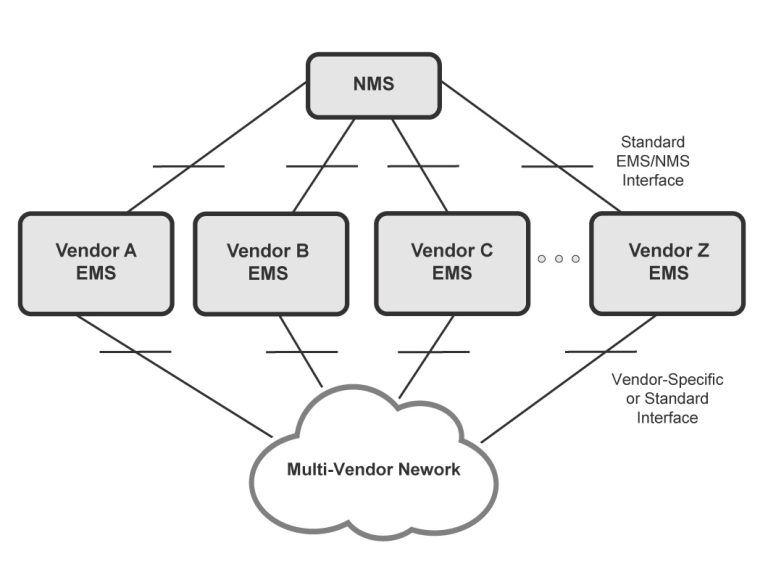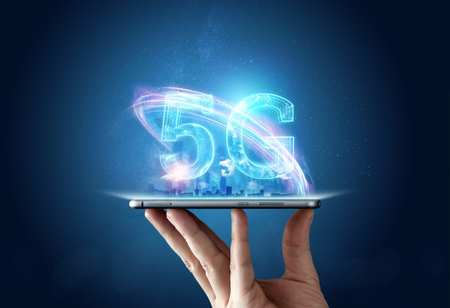V2X Explained: How Vehicles Communicate with Everything
telcomatraining.com – The rapid advancement of automotive technology is reshaping how vehicles interact with their surroundings. One of the most revolutionary innovations in this field is Vehicle-to-Everything (V2X) communication. This technology enables cars to communicate with various elements in their environment, including other vehicles, infrastructure, pedestrians, and networks. But what exactly is V2X, and how does it work? This article will provide an in-depth explanation of V2X communication and its significance for the future of transportation.
What is V2X?
V2X stands for Vehicle-to-Everything, a communication system that allows vehicles to exchange real-time information with their environment. The primary goal of V2X is to enhance road safety, improve traffic efficiency, and enable autonomous driving. This technology consists of several subcategories:
- Vehicle-to-Vehicle (V2V) – Enables direct communication between vehicles to share data about speed, location, and road conditions.
- Vehicle-to-Infrastructure (V2I) – Allows vehicles to communicate with traffic signals, road signs, and other infrastructure elements to optimize traffic flow.
- Vehicle-to-Pedestrian (V2P) – Helps detect pedestrians and cyclists, enhancing road safety for vulnerable users.
- Vehicle-to-Network (V2N) – Connects vehicles to the cloud and cellular networks, providing access to real-time traffic updates and hazard warnings.
How V2X Works
V2X communication relies on two primary technologies:
- Dedicated Short-Range Communication (DSRC): A wireless protocol specifically designed for automotive communication, ensuring fast and reliable data transmission.
- Cellular V2X (C-V2X): Uses 4G LTE and 5G networks to enable a broader and more efficient communication system, supporting both direct and network-based interactions.
Benefits of V2X Technology
V2X communication brings numerous advantages, including:
1. Enhanced Road Safety
By enabling vehicles to exchange real-time data, V2X helps prevent accidents by providing early warnings about potential hazards, such as sudden braking, roadblocks, or adverse weather conditions.
2. Improved Traffic Management
With V2X, traffic signals and road infrastructure can optimize traffic flow, reducing congestion and travel times. Intelligent traffic lights can adjust based on real-time vehicle data, improving overall efficiency.
3. Support for Autonomous Vehicles
For self-driving cars to function effectively, they need continuous data from their surroundings. V2X provides the necessary information, ensuring autonomous vehicles can navigate safely and efficiently.
4. Lower Environmental Impact
By reducing traffic congestion and optimizing routes, V2X contributes to lower fuel consumption and decreased emissions, supporting greener urban mobility.
Challenges and Future of V2X
Despite its potential, V2X faces several challenges:
- Infrastructure Development: Widespread adoption requires significant investments in smart infrastructure.
- Cybersecurity Risks: As V2X relies on wireless communication, protecting it from cyber threats is crucial.
- Regulatory and Standardization Issues: Different regions may adopt varying standards, complicating global implementation.
As 5G networks continue to expand and governments invest in smart infrastructure, V2X is expected to become a fundamental component of future transportation systems. The technology holds the potential to transform mobility, making roads safer, traffic more efficient, and driving experiences smarter.
Conclusion
V2X communication represents a significant leap in automotive technology, enabling vehicles to interact seamlessly with their environment. From enhancing safety to supporting autonomous driving, V2X is paving the way for smarter, more efficient transportation. As the industry continues to develop and overcome challenges, V2X will play a critical role in shaping the future of mobility.







